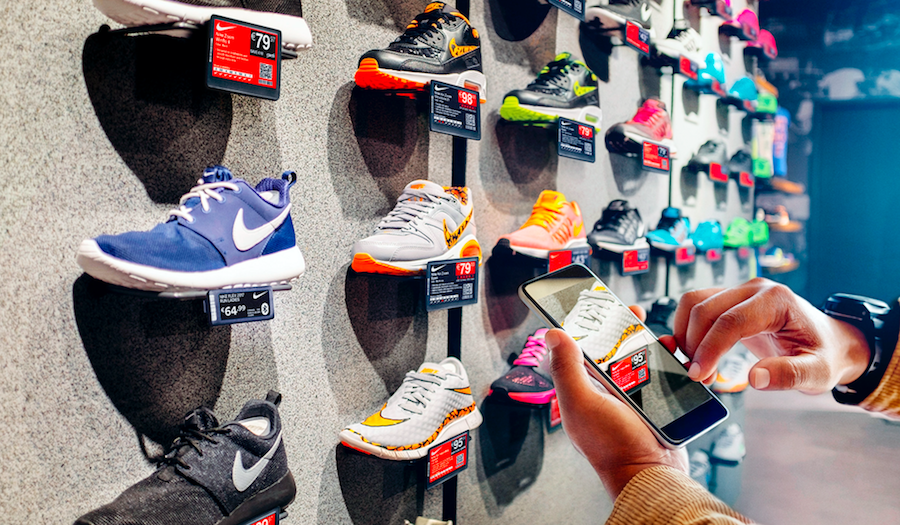Studies arrived last week on teens exiting Facebook, the potential appeal of augmented reality (AR) on online apparel sales, the loyalty benefit for purpose-driven brands, Amazon’s dominant conversion market share across categories, Father’s Day spending and the pitfalls of offering too many choices online.
Teens Leaving Facebook
Fifty-one percent of surveyed teens age 13-17 said they still use Facebook, according to a Pew Research Center survey. But that’s a 20 percent drop since the center’s study that wrapped up just three years ago. Instagram, however, has grown by 20 percent during that same time frame; 72 percent of teens reported using the platform. YouTube, which wasn’t included in the previous study, is the dominant online platform, with 85 percent of teens saying they use it. Snapchat, which has 69 percent of teens signing on, is the social media platform they use the most often.
Teens, Social Media & Technology 2018
Two-Thirds of Shoppers Won’t Shop In-Store for Apparel if AR Made it Possible to Do So.
Adtaxi’s “2018 Online Shopping and Technology Trends Survey“ finds 10 percent of consumers have used an AR app for online shopping (e.g. virtually “trying on” clothing or viewing how furniture would look in a home) and 67 percent would never again shop in-store for clothes if AR made it possible to do so.
2018 Online Shopping and Technology Trends Survey
Amazon Dominates Market Share Across Product Categories
According to a study from Jumpshot, Amazon continues to eat market share, claiming more than 80 percent of conversions against other e-commerce sites across diverse product categories. Jumpshot studied anonymous consumer actions within 500 e-commerce sites and marketplaces in Q118 and analyzed visits and conversions of different brand categories across these sites. The analysis found Amazon has the highest market share with one-click commodity product categories such as batteries and cleaning supplies, but branded product categories like men’s athletic shoes were also dominated by Amazon.
Americans More Loyal to Purpose-Driven Brands
Nearly eight-in-10 (79 percent) Americans said they are more loyal to purpose-driven brands than traditional brands and nearly three-quarters (73 percent) are more willing to defend them, according to the 2018 Cone/Porter Novelli Purpose Study. The research revealed just how deep this emotional connection can go. In fact, 67 percent of Americans feel purpose-driven companies care more about them and their families than traditional brands. More than three-quarters (78 percent) of consumers believe it is no longer acceptable for companies to just make money; they expect companies to positively impact society as well.
Americans More Loyal and Willing to Defend Purpose-Driven Brands, According to New Research by Cone
Father’s Day Spending to Reach Near-Record
Father’s Day spending is expected to total a near-record $15.3 billion this year, second only to 2017, according to a study released by the National Retail Federation and Prosper Insights & Analytics. Top categories consumers expected to spend on for the holiday include clothing (purchased by 43 percent of shoppers), gift cards (42 percent) and consumer electronics (20 percent).
Father’s Day Spending to Reach Near-Record $15.3 Billion
Choosing Complexities Derails Web Purchases
More than half (54 percent) of consumers have stopped purchasing products from a brand or retailer website because choosing was too difficult, according to a survey commissioned by digital advice technology provider Smartassistant. In fact, 42 percent admitted to abandoning a planned purchase altogether because there was too much choice. To prevent decision paralysis, 68 percent of shoppers want their favorite brands or retailers to provide them with honest and personal advice, while 44 percent expect proactive product recommendations and tips when shopping online.
Photo courtesy BRP
















